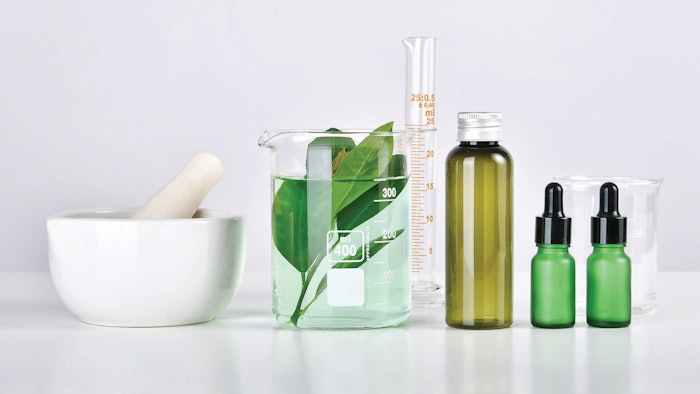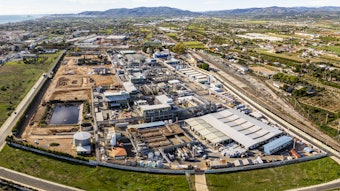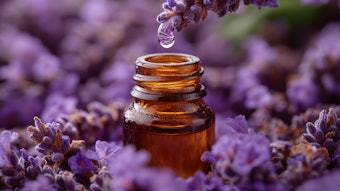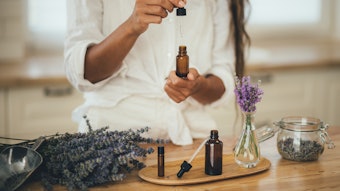
For centuries, traditional maceration and percolation have been used to extract natural products into hydroalcoholic mixtures. Industrial solid/liquid extraction relies on organic solvents, and hexane is still the most common solvent in seed-oil recovery today. Other traditional methods to recover oils and essential oils include hydrodistillation, rotating rasping cylinders and paddles for pricking citrus oil vacuoles on peel surfaces, cold-pressing technology and the old enfleurage method for extracting aroma from flowers (i.e., tuberose) into fats. Conventional extraction procedures suffer from several drawbacks, such as prolonged extraction times and relatively low yields, the formation of by-products and artifacts and the use of flammable or toxic organic solvents. In other words, the extraction of natural products under conventional procedures cannot be considered a green process. In the field of perfumes, the amount of raw material required is huge; 1 ton of fresh roses can provide only 500 g of rose absolute with the use of a large amount of hexane, energy and water for cooling, as well as high VOC emissions.
Over the last two decades, the literature has highlighted the considerable effort made by research laboratories to find efficient and environmentally friendly extraction processes that comply with the principles of green extraction.1 Improved heat and mass transfer lead to lower solvent and energy consumption, increasing yields and extract quality while minimizing degradation.
References
- F. Chemat, M. Abert-Vian, G. Cravotto, Review: Green Extraction of Natural Products: Concept and Principles, Int. J. Mol. Sci. 13, 8615-8627 (2012).
For the full article, please check out the Perfumer & Flavorist+ May 2022 issue.










